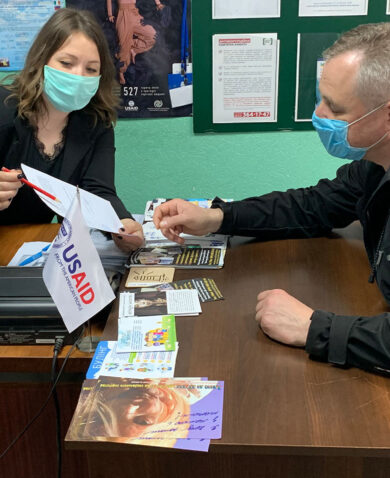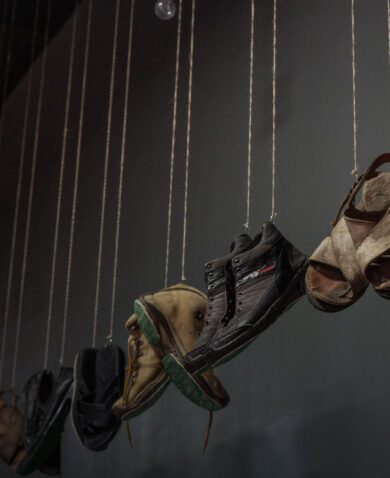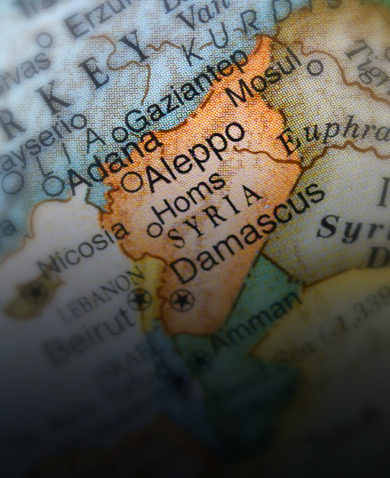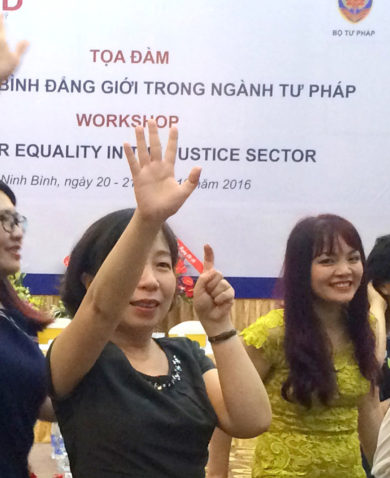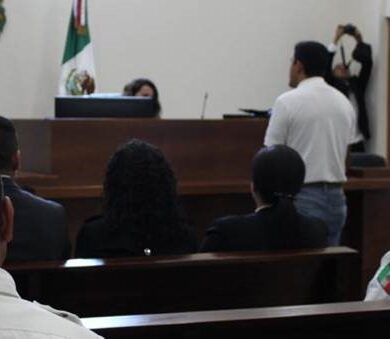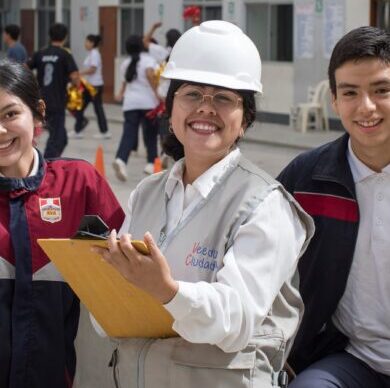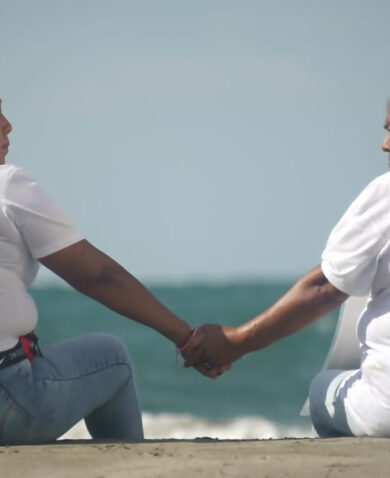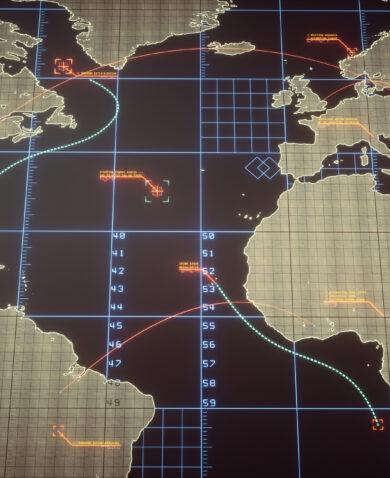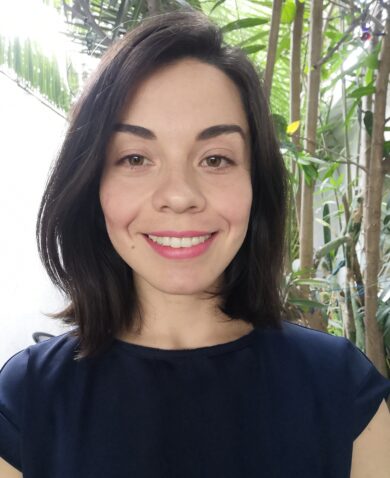
Harnessing Technology to Address Gross Human Rights Violations
April 9, 2019 | 4 Minute ReadTo hold government accountable, CSOs must go beyond traditional efforts to combat human rights violations by collaborating with others, including the information and communications technology sector, to maximize their impact.
For the past decade, Mexico has faced a serious human rights crisis. More than 35,000 people have gone missing since 2006, their whereabouts still unknown. The National Commission of Human Rights has documented several alarming, unlawful killings of civilians by Mexican security forces without any authorities being charged. And torture continues to be a common practice used to obtain confessions. Between 2017 and 2018, the Specialized Unit for the Investigation of Torture reported 4,390 cases of torture under review and 777 investigations on the matter. Because authorities tend to be the main perpetrators, investigations are carried out in secrecy, and lawsuits are usually dismissed or disqualified.
In response to these violations, academia and civil society organizations (CSOs) have heavily advocated for legislative, institutional, and policy transformations to support victims and prosecute perpetrators. As a result, two ambitious pieces of legislation were passed in 2017, establishing nationwide guidelines to prevent, prosecute, and sanction crimes of torture and enforced disappearance.
With legislation secured, CSOs now face the daunting challenge of holding the government accountable and ensuring that law enforcement authorities follow through with their obligations under each law. To achieve this monumental task, CSOs must go beyond traditional efforts and seek the collaboration of other sectors that can help them find new ways to maximize their impact. Up to now, attempts in Mexico to encourage joint work between human rights CSOs, academia, and information and communications technology (ICT) specialists have been limited. The challenge is to improve cross-sector collaboration, expand current networks, and enhance levels of experience because CSOs don’t always have the necessary knowledge or capacity to take advantage of what ICTs can offer them in their day-to-day work.
On the USAID-funded EnfoqueDH project, we have learned that promoting partnerships between the ICT sector, CSOs, and academia can help CSOs harness the potential of ICTs and address human rights violations in three major areas:
1. Prevention. Academia, ICT experts, and local CSOs are partnering to develop a national database to combat hate crimes against the LGBTQ community. This database, or National Observatory, will allow local CSOs to register and upload cases that involve hate crimes into a nationwide platform, thus streamlining advocacy processes to document, report, geo-reference, and create awareness about these crimes, so relevant authorities can develop preventive measures.
2. Evidence Generation. Using a cutting-edge case management system, the Mexican Commission for the Defense and Promotion of Human Rights — EnfoqueDH’s main civil society partner — developed a database of more than 500 public federal and local government documents, disaggregating data that enabled the identification of criminal patterns of action, chains of command, and material resources used by armed forces to commit gross human rights violations. This information is helping CSOs monitor, evaluate, and hold the government accountable for its actions.
3. Advocacy. By fostering collaboration between CSOs, academia, the ICT sector, and open data specialists, EnfoqueDH supported a Datathon to find a solution to the lack of information on torture in Mexican prisons. Among a wide variety of tools that focused on creating awareness of specific issues, such as the conditions of women, children, and youth in prisons, the winning team developed a digital tool that uses open data to create a national index of torture and corruption in Mexican prisons. The index includes information on detainee conditions, services, and demographics. The top tools are currently undergoing a process of development and consolidation, so they can be published and disseminated for use by CSOs and activists in their efforts to combat and prevent torture, guaranteeing sustainability outcomes long after the Datathon ends.
As EnfoqueDH has learned from experience, collaborative processes between CSOs, academia, and ICT specialists enable sustainable initiatives that can help protect and promote the respect of human rights. Admittedly, these processes are not always straightforward, and if grant makers want to create long-lasting actions between the ICT sector and civil society organizations, the following lessons from the above experiences should be taken into consideration:
1. ICTs are a means to an end — not the end in themselves.
ICTs ought to be used to solve specific problems or to achieve specific objectives set by organizations. If designed correctly, these can boost the impact of organizations. Implementers of ICT solutions should pay careful attention to incorporate a participatory, user-centered approach in the design phase, taking into consideration needs, capacities, infrastructure, and local context.
2. Assess your challenges.
Prior to designing specific ICTs, implementers should carefully assess the challenges faced by CSOs. They must first understand areas of opportunity related to data collection, management, analysis, and security so they can tailor ICTs to fit their needs.
3. Collaboration is key.
Cross-sector collaboration opens new opportunities, advancing the human rights agenda and broadening impact. If implementers want to take advantage of this, we must create and foster spaces where actors who usually do not interact can meet and understand one another’s particular needs. Human rights organizations need to expand their networks beyond their traditional contacts, and ICT specialists must become sensitized and aware of what they can offer the human rights sector.
4. Don’t put all your eggs in one basket.
To ensure that CSOs adequately adopt and internalize the use of ICTs in their day-to-day work, a careful balance and investment must be made between the design, adoption, capacity-building, and user experience follow-up phases. Placing a greater emphasis on any one element can lead to users losing interest or to underuse of these technologies.
As a whole, collaboration and innovation between the ICT and the social sector goes beyond simply investing in technology. Efforts that aim to bridge the gap between similar sectors and empower civil society should include tailored interventions that put the problem at the core of the intervention, considering user challenges, limitations, and infrastructure. Only by doing this can we truly begin to harness the potential of what ICTs can offer in these complex contexts.
Posts on the Chemonics blog represent the views of the authors and do not necessarily represent the views of Chemonics.





